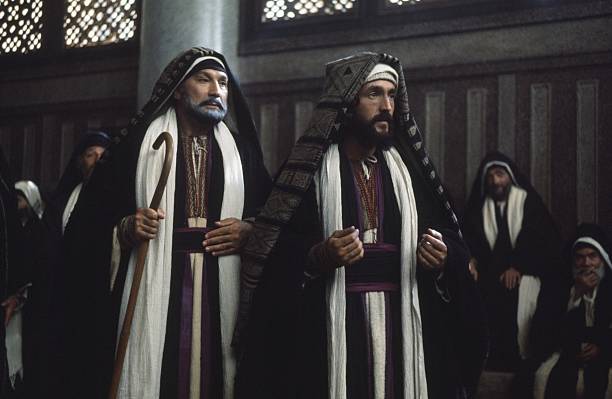
What Was the Sanhedrin? By What Authority Did It Act?
“Appoint judges and enforcement officers in all your cities.”—Deuteronomy 16:18
The Great Sanhedrin (which in Greek means 'a sitting together' or 'council') was the supreme council of the Jews who met within Jerusalem's temple in a place known as the chamber of hewn stones (although they sometimes met in the house of the High Priest). The Sanhedrin was like the U.S. Supreme court in that they were the final authority on decisions that affected the religious and political life of all Jews.
The council convened each day of the week except the Sabbath and the annual Biblical Holy Days. In New Testament times, the Sanhedrin was composed of seventy-one members (the High Priest, a vice chief justice and sixty-nine lower courts). The Pharisees (e.g. Nicodemus, John 3:1 - 10) as well as the Sadducees, scribes, elders and possibly others, were represented on the council. The High Priest always wore a black robe.
The United States Supreme Court is made up of eight Justices and one Chief Justice (High Priest) and operate the same way as the Sanhedrin did. These nine judges render opinions based on their interpretation of "legal and illegal" and "politically correct" rather than the common sense law of right and wrong.
The simple black robe has quite a tradition as the "uniform" of justice in the United States dating back to the book of Deuteronomy. The black robe links judges together as they interpret and apply the law in hundreds of courtrooms throughout the United States. Learn More